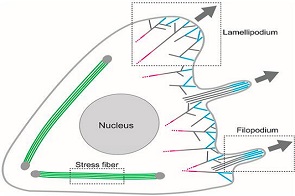Research article
Zhao Haixia, Zhao Siyi, Cao Yingping, Jiang Xiping, Zhao Lijuan, Li Zhimeng, Wang Mengqi, Yang Ruijuan, Zhou Chuanen, Wang Zhaoming, Yuan Feng, Ma Dongmei, Lin Hao, Liu Wenwen, Fu Chunxiang
Alfalfa (Medicago sativa. L.) is a globally significant autotetraploid legume forage crop. However, despite its importance, establishing efficient gene editing systems for cultivated alfalfa remains a formidable challenge. In this study, we pioneered the development of a highly effective ultrasonic-assisted leaf disc transformation system for Gongnong 1 alfalfa, a variety widely cultivated in Northeast China. Subsequently, we created a single transcript CRISPR/Cas9 (CRISPR_2.0) toolkit, incorporating multiplex gRNAs, designed for gene editing in Gongnong 1. Both Cas9 and gRNA scaffolds were under the control of the Arabidopsis ubiquitin-10 promoter, a widely employed polymerase II constitutive promoter known for strong transgene expression in dicots. To assess the toolkit’s efficiency, we targeted PALM1, a gene associated with a recognizable multifoliate phenotype. Utilizing the CRISPR_2.0 toolkit, we directed PALM1 editing at two sites in the wild-type Gongnong 1. Results indicated a 35.1% occurrence of editing events all in target 2 alleles, while no mutations were detected at target 1 in the transgenic-positive lines. To explore more efficient sgRNAs, we developed a rapid, reliable screening system based on Agrobacterium rhizogenes-mediated hairy root transformation, incorporating the visible reporter MtLAP1. This screening system demonstrated that most purple visible hairy roots underwent gene editing. Notably, sgRNA3, with an 83.0% editing efficiency, was selected using the visible hairy root system. As anticipated, tetra-allelic homozygous palm1 mutations exhibited a clear multifoliate phenotype. These palm1 lines demonstrated an average crude protein yield increase of 21.5% compared to trifoliolate alfalfa. Our findings highlight the modified CRISPR_2.0 system as a highly efficient and robust gene editing tool for autotetraploid alfalfa.
